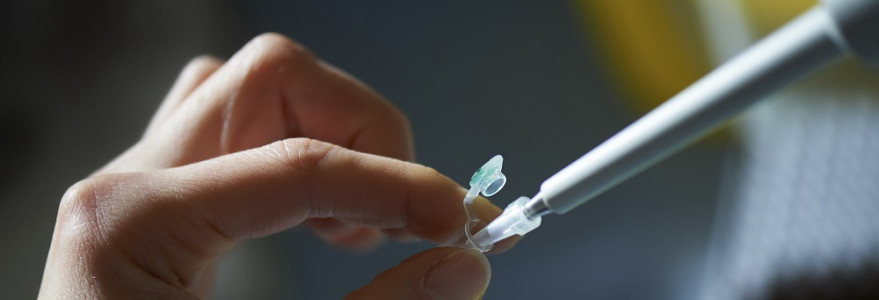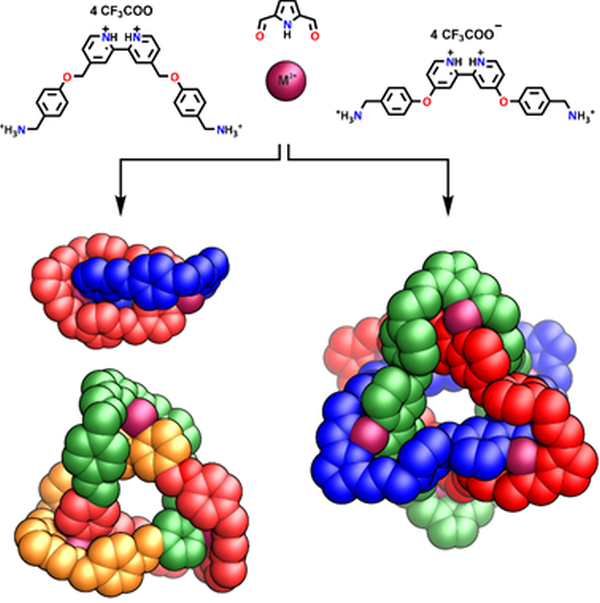Researchers from the Centre of New Technologies, the University of Warsaw, participated in the development of a general method for constructing flexible links and molecular knots. The results of the collaboration between researchers from the University of Warsaw and the University of Wrocław were published in “Angewandte Chemie”.
“Although knots and links are mainly of interest in mathematical topology, they also fascinate chemists, who have created many molecules with non-trivial topology,” Prof Bartosz Trzaskowski from the UW’s Centre of New Technologies (CeNT) said. A team of researchers under his direction has contributed to the development of a method for constructing flexible synthetic links.
Flexibility is one of the most important molecular characteristics of knots and links. It allows the formation of entangled regions in protein or nucleic acid molecules. Most synthetic knots and links are obtained by using metal cations as particles to organise the molecule into the appropriate topology. Metal ions stabilise the structure, while simultaneously making such arrangements rigid.
The researchers from the University of Warsaw and the University of Wrocław have discovered a new general method for constructing molecular links and knots in such a way that they are flexible. They used new building blocks, resulting in a group of molecules that exhibit dynamic behaviour, similar to that observed for complex biomolecules and polymers. The results of their work are described in the Angewandte Chemie journal.
Ground-breaking work
Further research in this area could help make a wider use of molecular knots and links to construct original machines, new catalysts, as well as receptors, i.e. compounds that – thanks to the ability of the “host” molecule to match the geometrical requirements of the “guest” – will be able to bind smaller molecules within their interiors.
Publications
Original article: Aleksandra Sarwa, Agata Białońska, Michał Sobieraj, Juan Pablo Martínez, Bartosz Trzaskowski, Bartosz Szyszko, “Iminopyrrole-Based Self-Assembly: A Route to Intrinsically Flexible Molecular Links and Knots”, Angewandte Chemie International Edition: https://doi.org/10.1002/anie.202316489
The research and the article by the UW and UWr researchers have been recognised by the international scientific community. The so-called “highlight”, a discussion of the original work, was published in Nature Synthesis.
Highlight: Stephen D.P. Fielden, “Flexibility from fluxionality,” Nature Synthesis: https://www.nature.com/articles/s44160-024-00482-z




